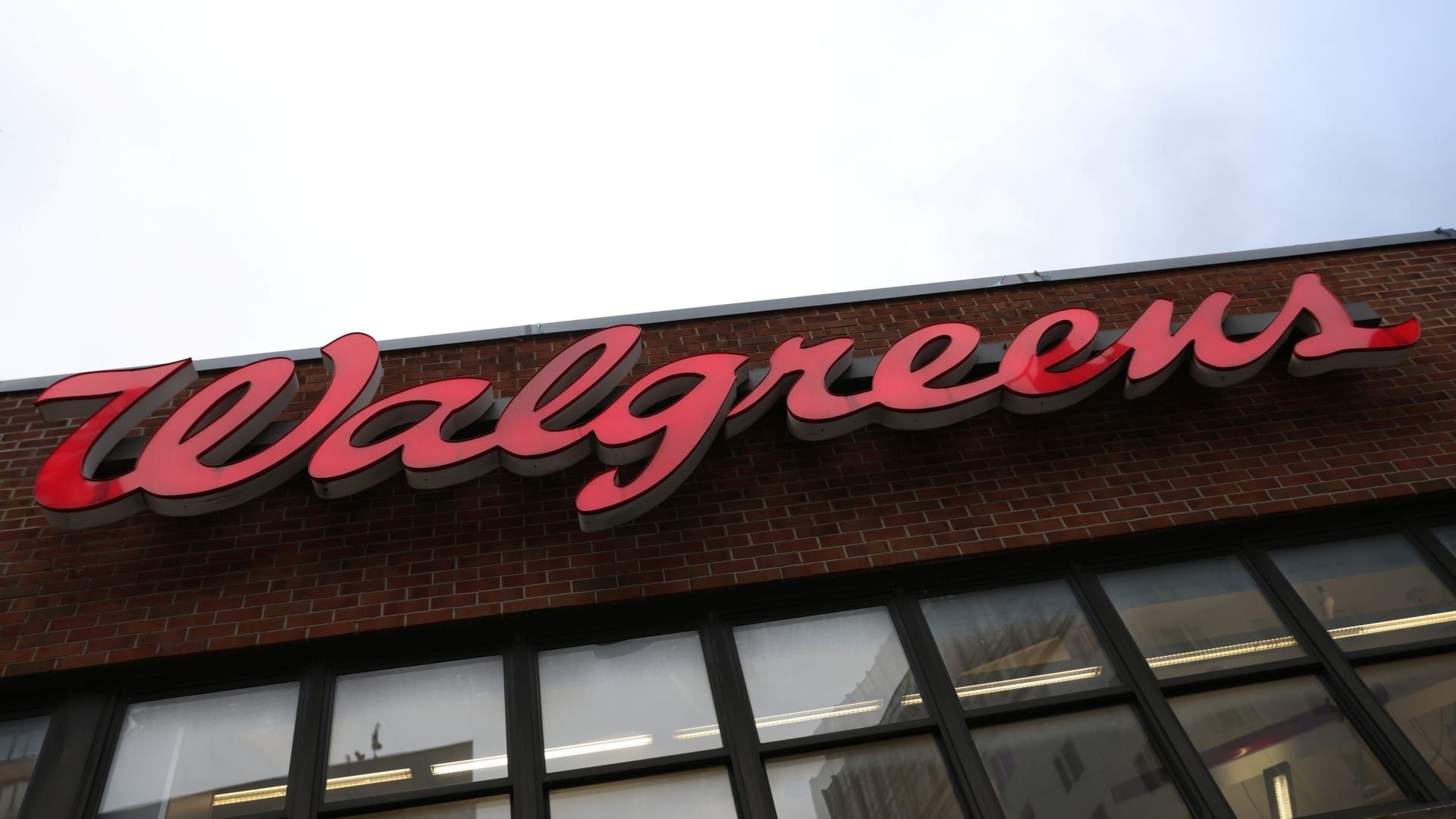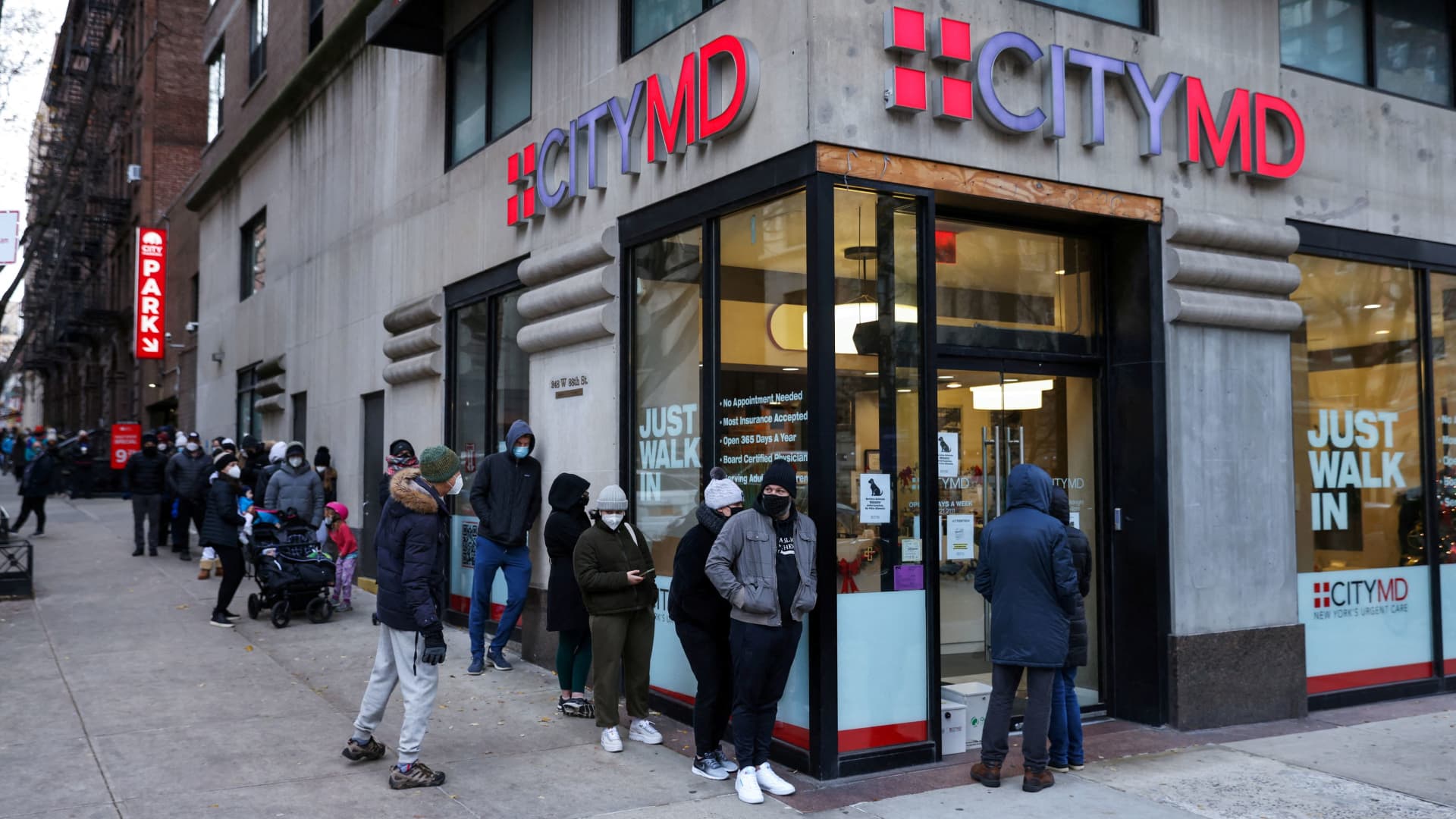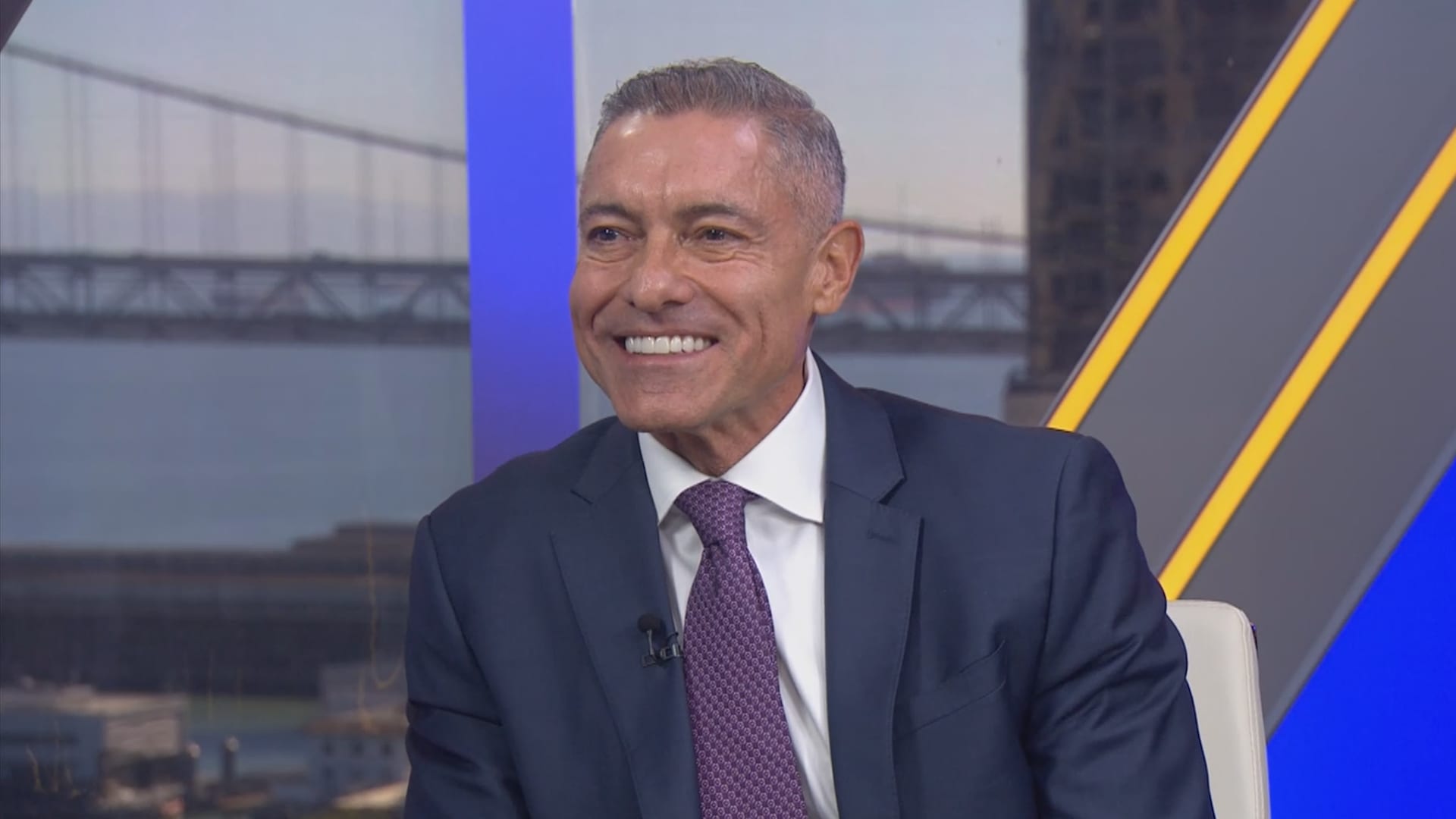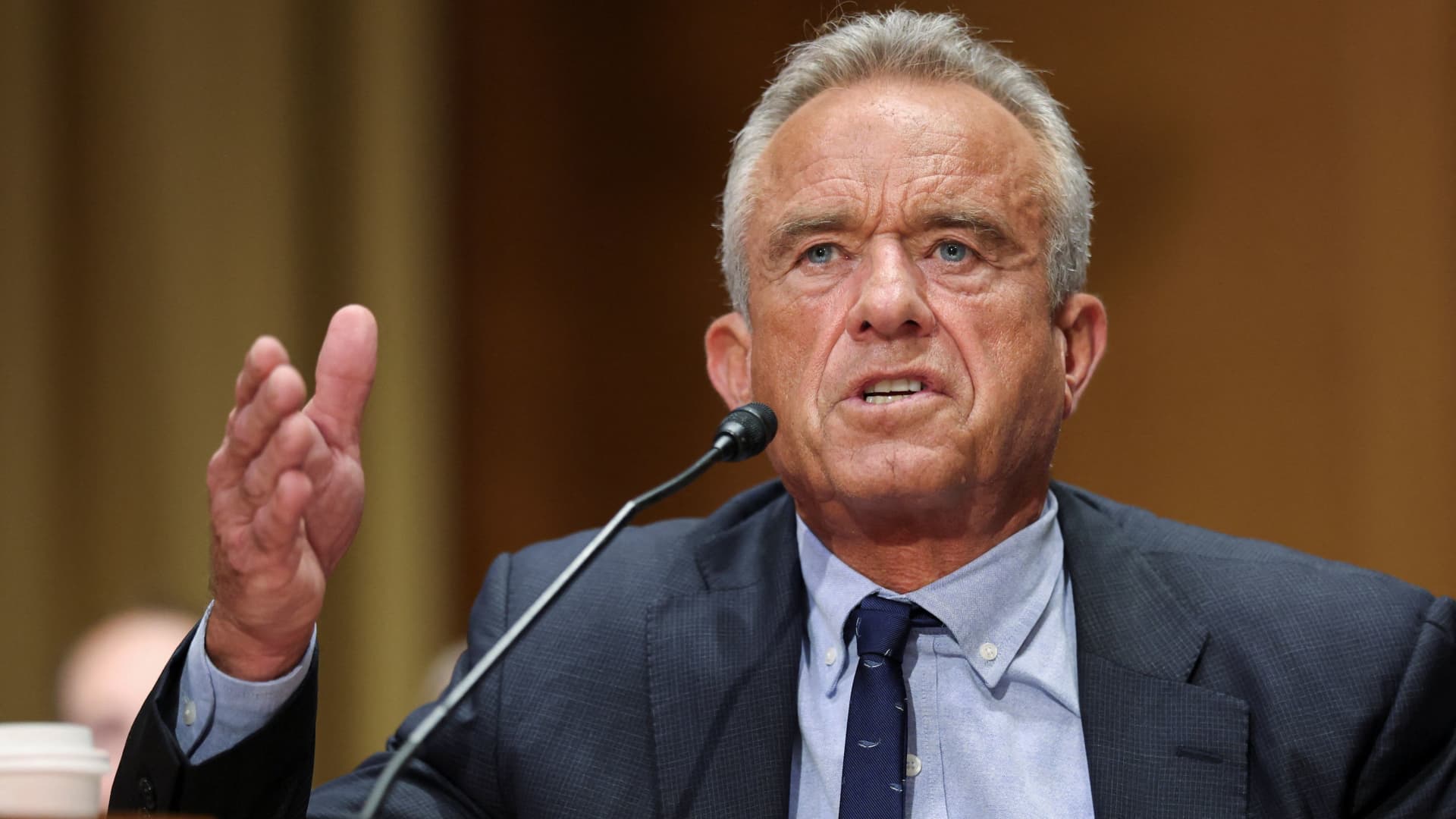Signs are seen outside a Walgreens, owned by Walgreens Boots Alliance, Inc., in Manhattan, New York, U.S., November 26, 2021.
Andrew Kelly | Reuters
Walgreens announced Wednesday that it would continue to cut prices on about 1,300 items, the latest company to turn to value amid signs that American consumers are experiencing spending fatigue.
The pharmacy chain said in a statement announcing a “summer of savings” that the lower prices were in response to consumers' continued struggles with high inflation rates that continue to plague the U.S. economy.
“Walgreens understands that our customers are under financial pressure and struggling to purchase everyday essentials,” said Tracey D. Brown, executive vice president, president of Walgreens Retail and chief customer officer. “We remain committed to our customers by lowering prices on more than a thousand additional items, something we have been doing since October 2023.”
Walgreens previously noted a “challenging” retail environment when it announced its quarterly earnings in March.
Among the price cuts highlighted by the company:
- An 80-count daily gummy vitamin for men and women, now $11.99 (was $13.49)
- Always Pad Mod Regular (20 units), now $6.99 (was $7.49)
- Clean & Clear Foaming Facial Cleanser now $6.99 (was $7.99)
- Eucerin Advance Repair Hand Cream now $5.99 (was $7.29)
Prices may be different depending on your location.
Walgreens' announcement follows others from retail giants that also indicate a growing awareness of consumers' price sensitivity. Last week, Target announced lower costs for thousands of items in its stores, while Walmart recently introduced a whole new line of grocery items that cost $5 or less.
The post-pandemic economic recovery now shows signs of splitting into a 'K'-shaped recovery, in which the most well-off Americans are able to maintain consistent levels of spending, even amid inflation rates that continue to hover above 3%. . Low-income consumers have been cutting spending more substantially.
In its monthly report on consumer confidence, released yesterday, the Conference Board business group said those who earn more than $100,000 a year expressed the greatest increase in confidence and it was generally at a higher level than those the lowest income groups.
“The low-income consumer in the United States is on the edge… [and] is doing a lot of strategizing to make their budgets make it to the end of the month,” PepsiCo CEO Ramon Laguarta told analysts on the company's April conference call.
Meanwhile, other areas of the economy more closely tied to wealthier consumers continue to do better, especially travel. Even as American Airlines announced Wednesday that it was cutting its growth plans, analysts said the changes did not reflect a broader pullback.
“The decline of Americans [outlook] “speaks far more to its initial erroneous forecast than any broad-based change in passenger demand,” JPMorgan airline analyst Jamie Baker said in a note on the airline on Wednesday.












